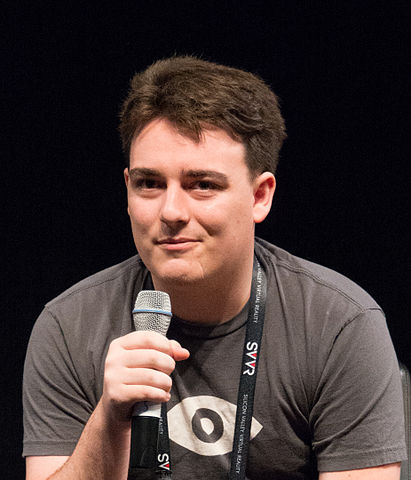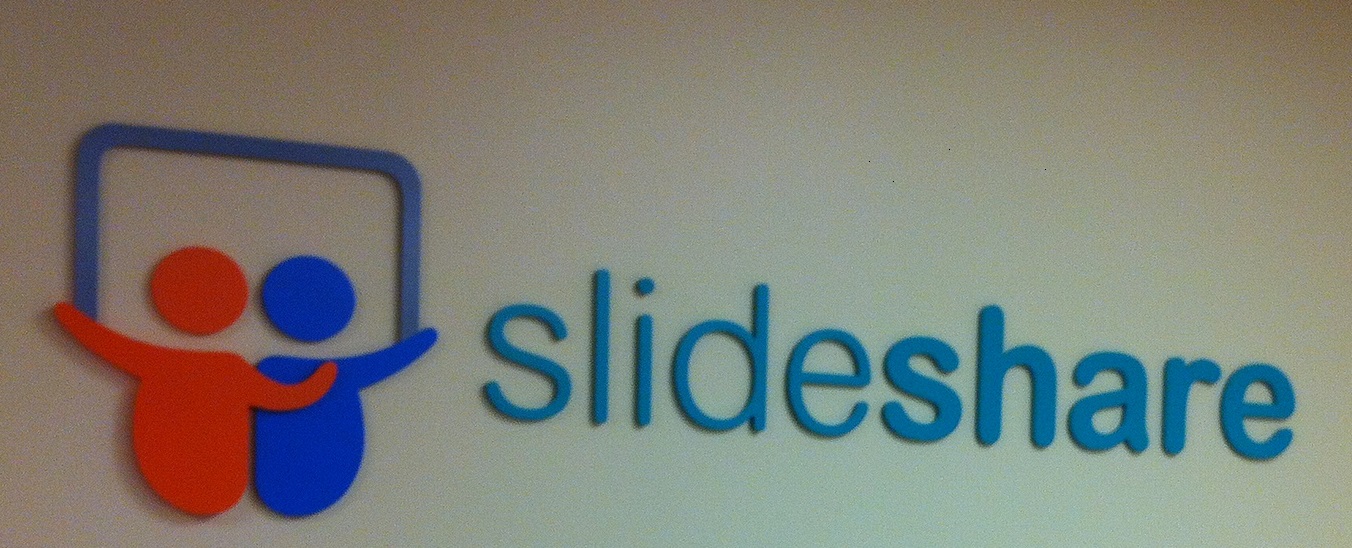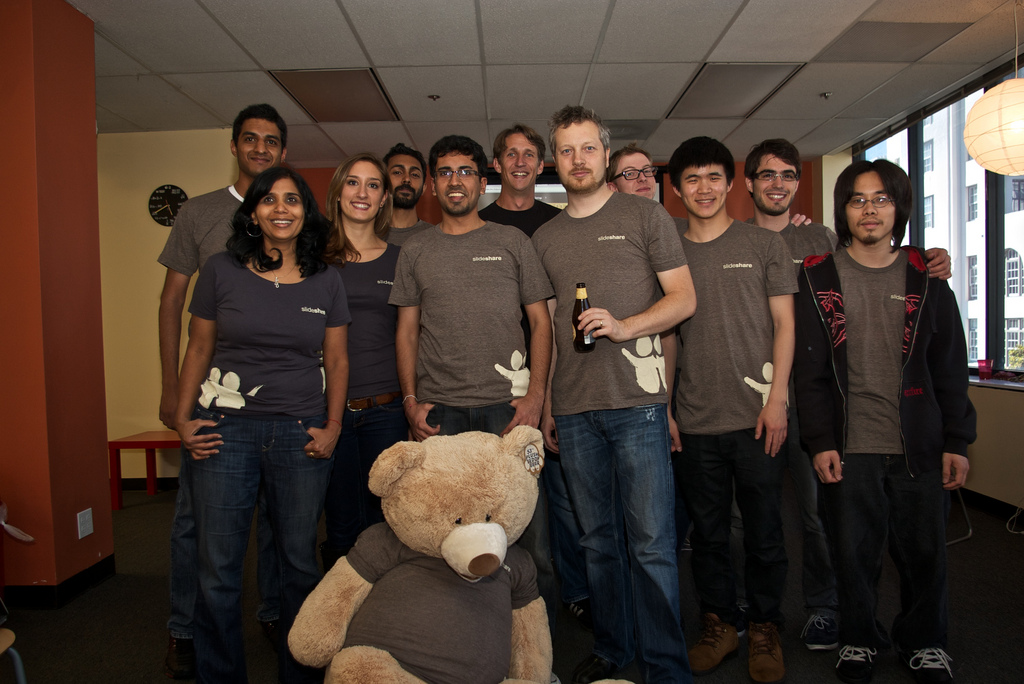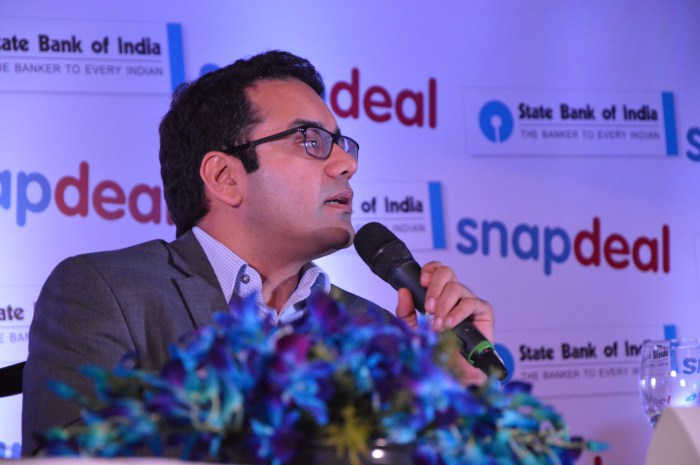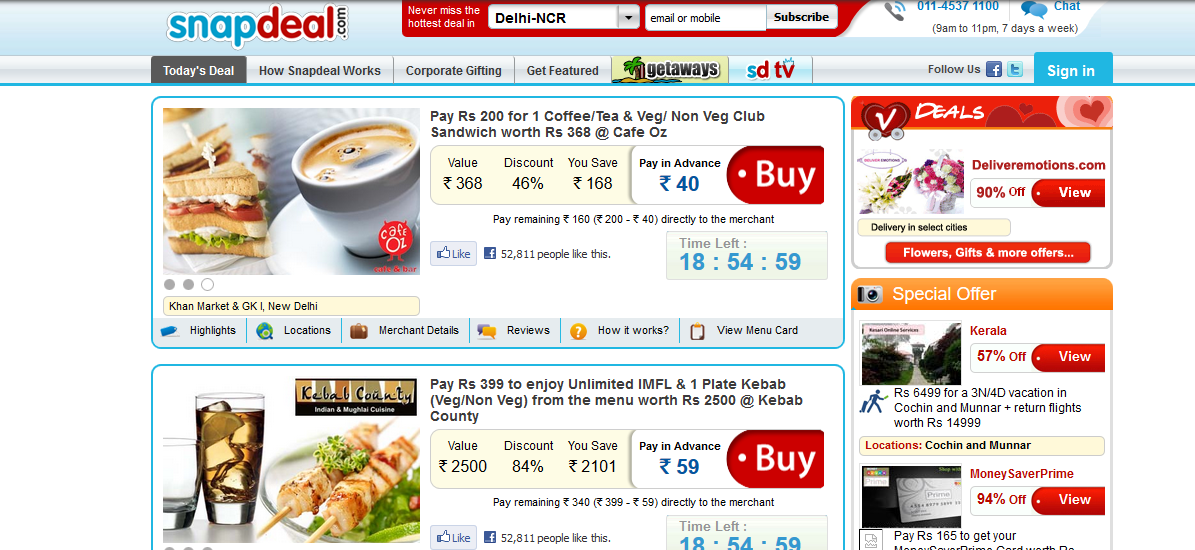“It’s an Indian product, why don’t you look for a similar one from a renowned company like Samsung or HTC…”
A quote that could be easily heard in mobile stores whenever someone tried to buy a mobile phone of Indian brand few years back until Micromax made its debut in the mobile market. Since the entry of Micromax in the world of mobile phones, the perception of Indian products have changed globally.
Micromax an Indian mobile manufacturing company is world’s 10th largest company and India’s no. 2 mobile company after Samsung. Micromax was started by Rahul Sharma along with his friends. When smartphones emerged in India, the market was dominated by Samsung and few lesser known Chinese phones. Micromax has changed that to large extent. Today people proudly flaunt their Micromax smartphone.
The Beginning
Micromax Informatics was started by Rahul Sharma and his three friends, but the main driving force behind the success of company can be attributed to the dynamic nature of Rahul. Rahul Sharma is married to Indian Bollywood actress Asin. The company was started in 2000 as an eCommerce company. Since gadget industry was very lucrative at that time, Micromax pivoted to developing embedded systems. The company was providing best class products and services and hence got the attention of the world’s leading mobile company, Nokia. Micromax clinched a hardware deal with Nokia for their M2M (Machine-to-Machine) business which resulted in a huge success for the company.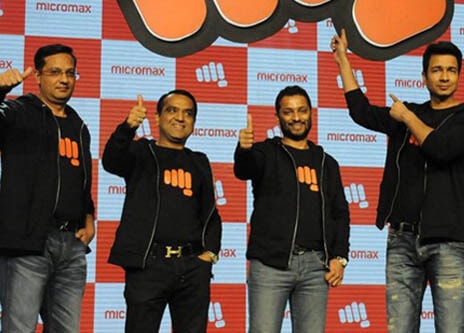
The Unwavering Beliefs
But the road to success was not supposed to be easy. In 2013 their M2M business partner, Nokia sold their mobile business to Microsoft. Nokia, considering the excellent quality of products and services provided by Micromax Informatics, offered them a new collaboration in Nokia Networks. But the Micromax team decided to decline the offer to collaborate with Nokia and walked away. Now being separated from Nokia they continued their existing business believing in their own products and capabilities.
Working independently in India, Micromax decided to manufacture their own hardware. With their services already being top notch, they soon collaborated with the Indian network provider giant, Bharti Airtel. Micromax’s first project with Airtel was to install payphones in the remote areas of Jammu and Kashmir. With their dedication and hard-work the project was completed successfully despite the rough geographical terrain.
Inspiration is just a different perception
Things were going smooth with company but it was not enough for the founders. Being chased by their passion and dreams to achieve new heights continuously they were always trying to grow their company. When such ideals are being followed, a small spark is enough to light a dazzling flame to blind the world.
When Rahul Sharma was on a trip to an interior region of West Bengal, he met a payphone operator, who was operating his business in an area with no electricity and very low network coverage. That network operator was using truck battery to supply power to the payphone. Rahul was amused by this innovative solution to the problem of power shortage but this encounter also made him think about the most common problem faced by the customers of mobile phones, fast draining batteries that required charging after few hours.
Rahul came up with the idea of entering the mobile phone market with mobile phones with battery lasting one month on a single charge. But his partners were reluctant to accept his idea as there was heavy competition in the mobile market. Not willing to give up, Rahul managed to convince them about the huge possibilities in the mobile market.
Expect the Unexpected
Though everyone agreed to the idea, it was decided to manufacture only 10,000 units initially and then observe the market’s reaction to their product. Hence, Micromax’s first ‘Stamina Battery’ phone was launched in 2008. In just 10 days, all phones got sold. The thing that astonished everyone was that their product went out of stock in such a short time without any serious advertising. It was publicized only through word-of-mouth.
Motivated with this huge positive feedback, company invested more money and resources in mobile phone market and soon launched more models. Considering the end users in India, Micromax’s all phones are designed keeping in mind the daily usage of common Indian customer. One of the main qualities of their products is their reasonable pricing.
While rising through the Indian mobile market and considering various options to help their customers in their everyday life, Micromax came up with the idea of dual-sim mobile phones. Providing this extremely useful feature to their customers this revolutionary idea had an ever changing effect on the mobile industry and created new niche in the mobile sector. Micromax’s popularity rocketed to new heights. To keep up with the extreme challenge being posed by Micromax many other top companies had to follow in the footsteps of Micromax and hence also introduced dual-sim mobile phones.
Soon after Micromax challenged all major mobile phone players globally to became world’s 10th largest phone manufacturing company. The company believed that if the end user are benefited from the product in one way or the other, the product would definitely be a success. Which proved right for various devices that the company launched into the market worldwide.
Things fall but to rise up again
In 2014, Micromax was second largest mobile phone company in India, and was challenging the world’s top and the number 1 mobile phone maker in Indian market. Its founders decided to bring managers from outside to help the company go forward. In the fourth quarter of 2014, with full dedication towards the company’s betterment its executives and CEOs along with the innovative ideas outperformed, the Korean company, Samsung and took the No.1 spot in the Indian mobile market.
But soon after the appointment of new executives, problems arose. The creative and risk taking dynamic approach of Micromax founders like Rahul Sharma, was not easily comprehended by the new executives who used to rely more on the facts and figures. Thus, Alibaba (one of the huge investors of Micromax) left the client pool of Micromax and walked away from a $1.2 billion purchase of about 20% shares in Micromax.
Due to lack of funding some of the Micromax projects had to be shut down and by final quarter of 2015 its smartphone market fell to 13% from 22%. But with founders Rahul Sharma, Vikas Jain, Sumeet Arora and Rajesh Agarwal still controlling the about 80% of the company have kept the company in profit.
Facing tough competition now, Micromax plans to increase its production by 100% that is from about 1.5 million units every month to 3 million units per month. Micromax also plans to increase its business overseas. Already a top 10 brand in Russia, Micromax has been looking for a partner to help it expand outside India and to indulge more in the business of televisions and tablets.
The Battle Royale
With vendors from Dragon land and other beasts like Samsung, Lenovo and Sony now taking the Indian market more seriously and introducing better products at cheap prices, the legendary Indian warrior Micromax has taken the fight head on and has been continuously rolling out products with performance at par with products from any other competitor, giving all competitors a run for their money around the globe. Today Micromax is a popular name in LED TV industry in addition to Smartphones.
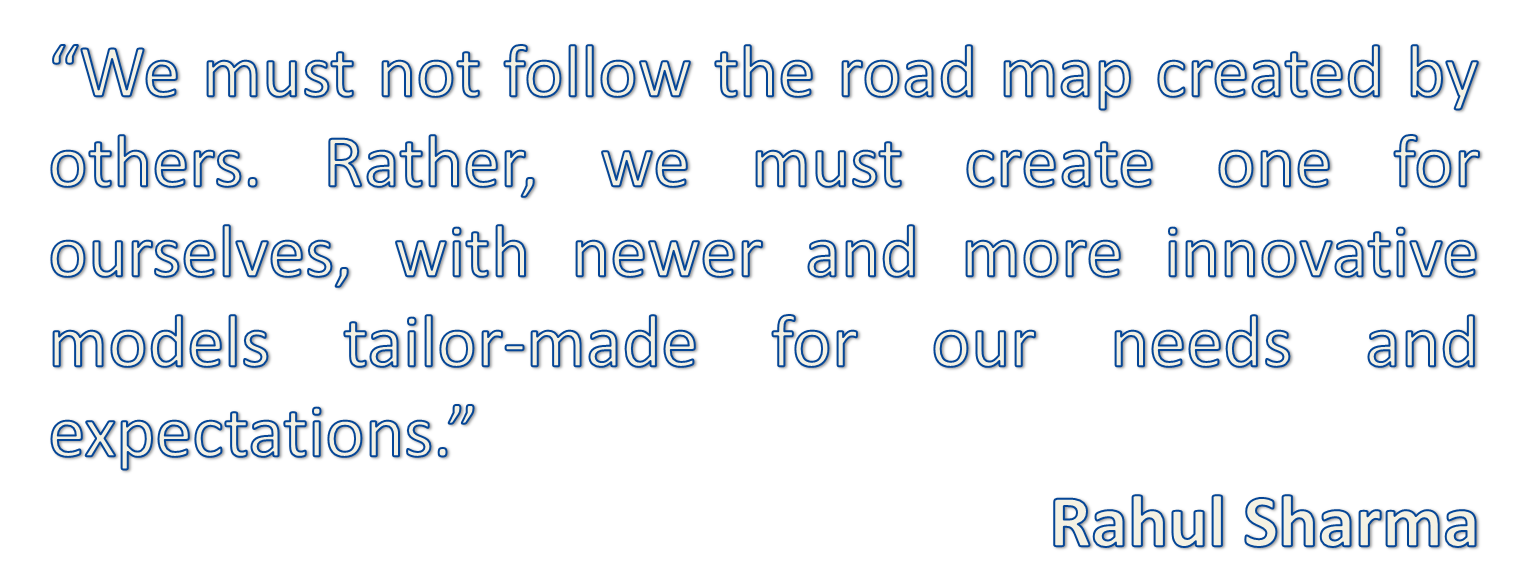
Ikrant Kumar Bhatia is a Digital Marketing Enthusiast and is passionate about becoming an Entrepreneur. He is currently working as an Internet Marketer and planning to come up with his own Startup.
